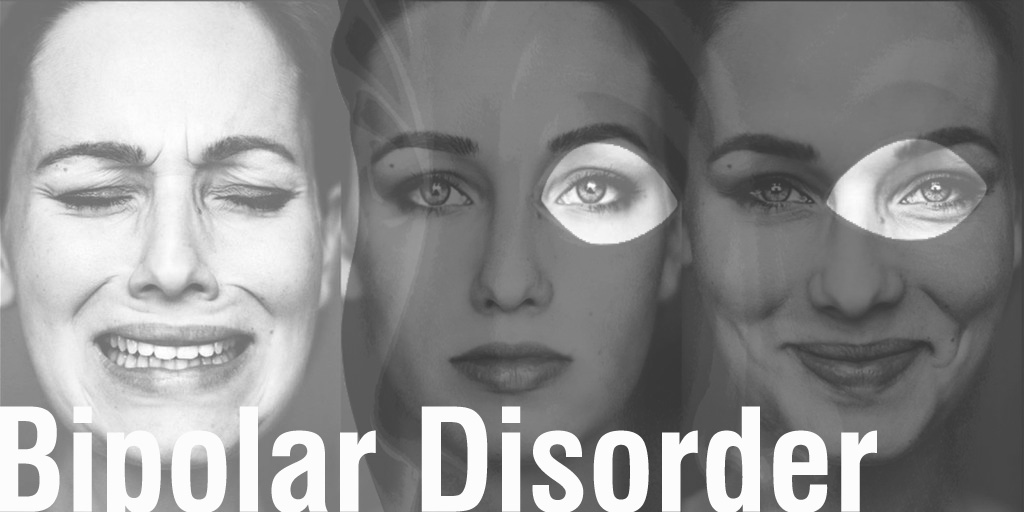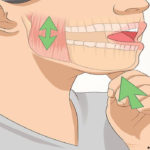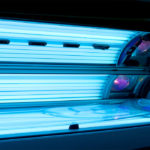Bipolar disorder, as the name says, is a kind of mental illness wherein a person experiences extreme mood swings. Typical symptoms of bipolar disorder include elevated mood shifts and episodes of depression. Studies state that individuals with this disorder usually face trouble managing their lives, especially their day-to-day activities at home, work and even maintaining relationships.

While there’s no such cure available for bipolar disorder, there are some specific treatment options which can effectively help in managing its symptoms.
Symptoms of Bipolar Disorder
Generally, a person with bipolar disorder experiences three main symptoms – mania, hypomania, and depression. While experiencing the first symptom, an individual feels emotionally high. They feel excited, euphoric, full of energy and impulsive. During these episodes, they also engage in behaviors such as:
- drug use
- spending sprees
- unprotected sex
Hypomania, on the other hand, is associated with bipolar II disorder. It is quite similar to mania, but it is not as severe as its counterpart.
While experiencing episodes of depression, an individual may experience the following:
- either sleep too little or too much
- lose interest in basic activities they enjoyed
- hopelessness
- loss of energy
- deep sadness
- suicidal thoughts
Although bipolar disorder is not a rare condition, it’s usually hard to detect as its symptoms vary from one person to another.
Bipolar Disorder Symptoms in Women
Bipolar disorder is prevalent amid both men and women. However, both of them experience completely different symptoms. In most of the cases, women with this disorder may:
- be diagnosed with bipolar disorder at a later stage in life, typically in their 20s or 30s
- experience milder episodes of mania
- have more depressive episodes than mania
- witness about four or more episodes of mania and/or depression in a single year, which is medically known as rapid cycling
- go through some other conditions at the same time, including obesity, migraines, thyroid disease, and anxiety disorders.
- have higher risk of becoming alcohol addicts.
Women with this disorder are more likely to relapse often. This is typically a cause of hormonal chances that happen due to menstruation, pregnancy, or menopause.
Bipolar Disorder Symptoms in Men
As stated above, men and women both witness different bipolar disorder symptoms. Men with this condition may:
- get diagnosed at an early stage in life
- experience more severe episodes of mania
- indulge into substance abuse
- act out during a manic episode
Types of Bipolar Disorder
Medical science recognizes three main types of bipolar disorders. These are as follows:
Bipolar I
In this condition, a person is bound to experience at least one manic episode, which either can be hypomanic or a major depressive episode typically before and after a manic episode. Bipolar I affects men and women in equal proportions.
Bipolar II
People with bipolar II disorder experience more than one major depressive episode that usually lasts for a minimum of two weeks. They’re also likely to experience at least one hypomanic episode, which can/may last for about four days at a stretch. The condition is thought to be more common amid women than men.
Cyclothymia
Individuals with this disorder experience severe episodes of hypomania and depression. While these are shorter and less severe in nature as compared to mania and depression caused by bipolar I and/or bipolar II, most people also experience this disorder for not more than a month or two at a time.
Bipolar Disorder Diagnosis
If a person experiences either one or more than one manic episode, or a mix of both manic and depression, he/she has bipolar I disorder. The condition may also include the person from suffering a major depressive episode. Though its chances are fifty-fifty.
On the other hand, a diagnosis of bipolar II disorder involves an individual experiences at least one episode of hypomania and one or more major depressive episodes.
Most physicians state that the condition can be diagnosed easily if a person’s symptoms last for a week and he/she has to be hospitalized for treatment. They also experience these symptoms almost all day every day during this time.
At the same time, physicians also claim that most of times it can be very difficult to diagnose this disorder as mood swings are a common symptom amid many other types of diseases and condition. It’s even more difficult to detect this condition in children and adolescents.
Just like any other disease, bipolar disorder gets worse if it’s left untreated. Its episodes may become more often and more extreme with the passage of time. But, if a person receives treatment on time, it’s possible that they lead a healthy and productive life as before.
Bipolar Disorder Treatment
Over the years, medical science has developed many effective treatments for this condition. These typically include counselling sessions, medications, and lifestyle changes. Some natural remedies can also effectively help in treating bipolar disorder.
Medications
Below mentioned medications are typically recommended by physicians for dealing with bipolar disorder symptoms.
- benzodiazepines, a type of anti-anxiety medication that’s used in case of short-term treatments
- mood stabilizers, such as lithium (Lithobid)
- antidepressant-antipsychotics, such as fluoxetine-olanzapine (Symbyax)
- antipsychotics, such as olanzapine (Zyprexa)
Psychotherapy
Psychotherapy treatments mainly include the following:
- Cognitive Behavioral Therapy: It’s more of a talk therapy wherein a person with this disorder is made to talk to a therapist about ways to manage their condition. They help the affected person understand their thinking patterns and even come up with positive coping strategies.
- Psychoeducation: It’s a kind of counseling session that helps you and your loved ones understand the nitty-gritties of the disorder. Knowing more about the condition can significantly help both, the person and his/her near and dear ones in managing life.
- Interpersonal and Social Rhythm Therapy: This kind of therapy typically focuses on regulating the affected person’s daily habits, such as eating, exercising and sleeping regimes. Balancing these everyday essentials can significantly help in managing the disorder.
Other treatment options
Other bipolar disorder treatments include:
- sleep medications
- acupuncture
- electroconvulsive therapy (ECT)
- supplements
- lifestyle changes
Certain simple steps can also help a person manage their disorder and life a healthy, happy life. These include:
- maintaining a proper eating and sleeping routine
- learning to recognize their mood swings and coping with them
- asking a relative or friend for support while going through the treatment
- talking to a physician or a licensed healthcare provider about their disorder episodes and finding the right means to coping with them.









